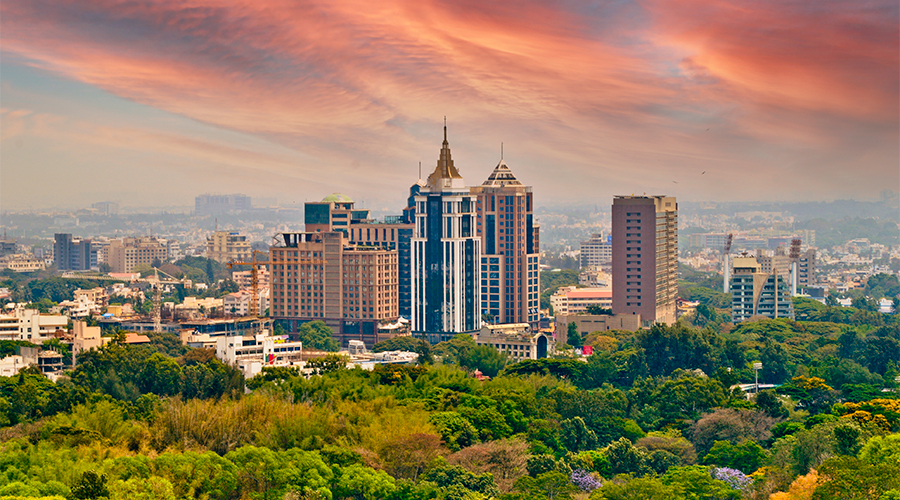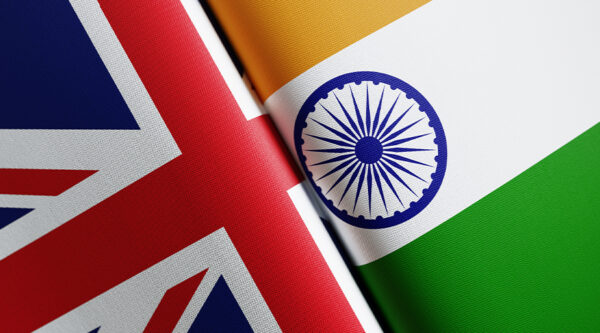

This article was written in collaboration with Kavisha Shah, Associate Partner at India Law Alliance.
India has been hit with a 50% tariff on exports to the US, following the collapse of negotiations over a proposed mini trade deal between the two countries.
President Donald Trump initially imposed a 25% import tariff on India’s exports to the US in his reciprocal tariff regime on 1 August 2025, along with an unspecified penalty for purchasing Russian oil and weapons. This penalty was later revealed to be an additional 25% tariff, implemented on 27 August.
India and the US have held five rounds of negotiation talks since March. The next meeting, planned for late August in New Delhi, was postponed after Washington imposed its 50% tariff on Indian goods.
Agriculture has been a key sticking point in negotiations. The US has pushed for access to India’s farming sector for years, but India has remained resistant to imports of agriculture and dairy products to protect its domestic agriculture sector, which employs over 40% of the country’s population.
With agriculture forming a substantial part of its economy and workforce, India has stood determined on the restriction of agricultural imports to protect its farmers and remains reluctant to agree to a substantial relaxation on imports that could harm domestic trade.
In addition to agricultural concerns, the US’s decision to increase tariffs on automotive components including engines, transmissions and other car parts, was also suggested to be a major issue involved in the negotiations of the mini trade deal.
India’s stock market and rupee both fell after Trump’s tariff announcements, and some economists estimate that sustained 50% tariffs could cut its GDP by up to 1%.
India exports almost three times as many goods to the US as the US does to India, meaning the tariffs affect a wide range of Indian markets and could threaten thousands of small exporters.
Amid trade tensions, Trump has described the India-US trade relationship as a “totally one-sided disaster” on his Truth Social account, while continuing to criticise India for buying oil and military products from Russia. He also claimed India offered to cut its tariffs to nothing but noted that this offer came too late.
Meanwhile, India’s Minister of State for External Affairs, Kirti Vardhan Singh, called the decision to impose a 50% tariff “wrong and unjustified”, questioning why similar penalties weren’t imposed on other countries importing Russian oil.
Despite tensions, the Indian Minister of Commerce and Industry, Piyush Goyal, confirmed that India and the US are still engaged in trade talks and expressed hope that the two countries would conclude a bilateral trade agreement by November 2025.
The proposed agreement seeks to increase bilateral trade in goods and services from $191 billion to $500 billion by 2030.
India has also announced major tax cuts to make hundreds of everyday items cheaper as part of its GST reforms, effective from 22 September. The purpose of these changes under GST 2.0 is to increase domestic consumption before the festive season and help counter the economic effects of the higher US tariffs.
This article was written by Prathamesh Chavan, Associate at India Law Alliance.










